Curious about Japanese street food but don’t know where to start? The Best Japanese Monjayaki Recipe: 5 Perfect Tasty Twists by Chef Eleanor Royal is your perfect intro to mastering this fun, flavorful Tokyo favorite right in your own kitchen!
Hey foodies! If you’ve ever wandered through Tokyo’s lively Tsukishima district late-night streets, you’ve probably stumbled upon the sizzling charm of monjayaki. It’s like okonomiyaki’s quirky little sibling—gooey, fun, and utterly comforting. I’ve been experimenting with this savory pancake since my trip, and now I’ve got five drool-worthy twists you’ve got to try at home. Let’s dive in!
🍳 What Exactly Is Monjayaki?
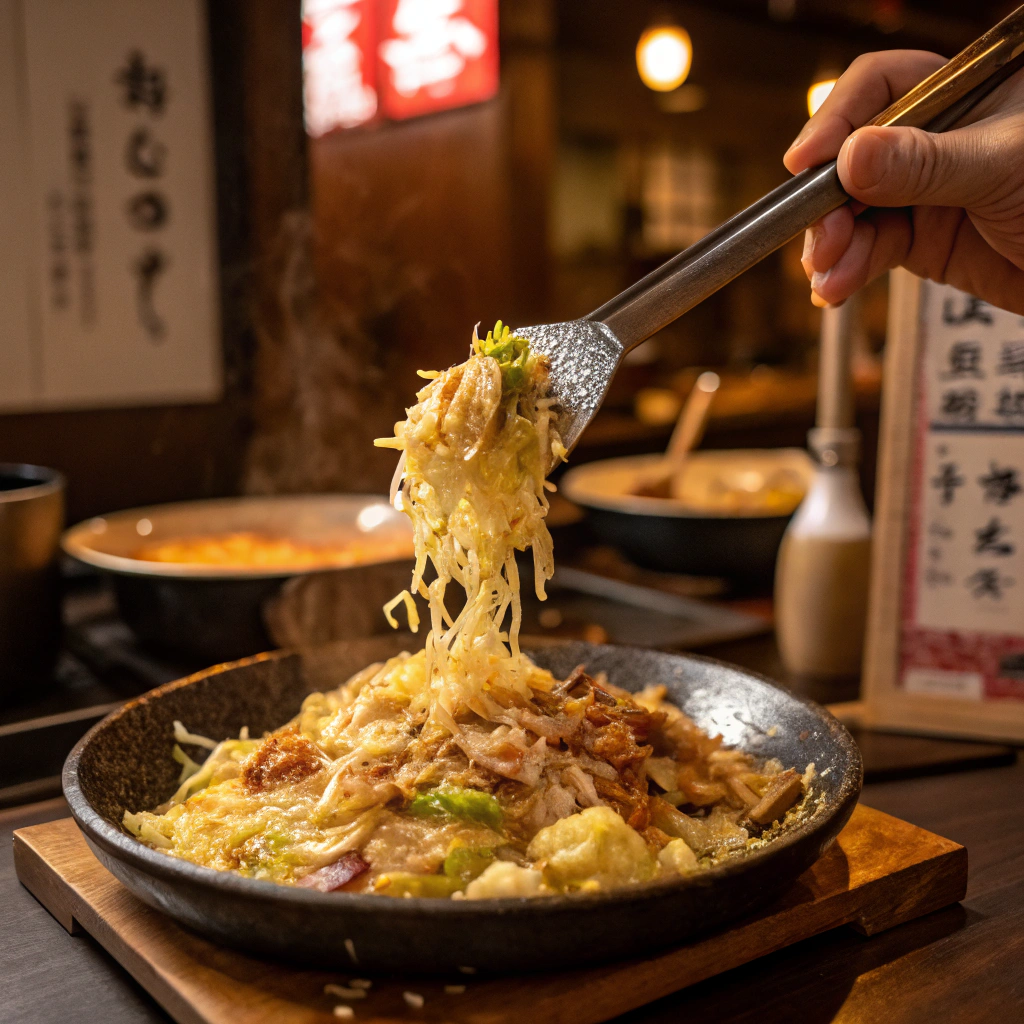
Monjayaki (or just “monja” for short) is a kind of Japanese street food pancake made from a liquid batter of flour, dashi (broth), and water, mixed with chopped veggies, seafood, or whatever you fancy. You pour it onto a hot griddle or skillet, let it turn crispy on the edges, and you scoop it up with a tiny spatula as it cooks. It’s interactive, satisfying, and low-key messy in the best way possible.
Key Benefits of Japanese Monjayaki Recipe
Welcome to the Best Japanese Monjayaki Recipe: 5 Perfect Tasty Twists! We’re diving into the delicious world of this iconic Tokyo street food and showing you just how easy—and fun—it is to make at home.
Practical Benefits at a Glance
| Benefit | Why It Matters |
| Interactive Cooking | Makes meals social and fun |
| Customizable Fillings | Adapts to any dietary preference |
| Deep Umami Flavor | Authentic taste with Japanese cuisine roots |
| Easy for Beginners | Clear steps guided by Chef Luna’s expertise |
| Versatile Occasions | Perfect for family dinners, parties, or casual nights |
What Are the Ingredients in Monjayaki? (Japanese Monjayaki Recipe)
Alright, now that you’ve got the scoop on why Japanese Monjayaki Recipe is such a tasty little gem, let’s dive into what really makes it shine—the ingredients! Whether you’re a total newbie in the kitchen or just brushing up your monja game, having the right stuff on hand is the first step to nailing that authentic, flavor-packed goodness.
PrintBest Japanese Monjayaki Recipe
- Prep Time: 20 minutes
- Cook Time: 15 minutes
- Total Time: 35 minutes
- Yield: 4 servings 1x
- Category: Main Course / Street Food
- Method: Pan-fried / Griddle-cooked
- Cuisine: Japanese
- Diet: Vegetarian
Ingredients
- 1 cup all-purpose flour fresh for best results
- 1.5 cups dashi broth homemade or instant
- 0.5 cup water cold for smooth mixing
- 2 cups cabbage finely chopped
- 4 tbsp green onions chopped
- 0.5 cup seafood or meats shrimp, squid, or pork, thinly sliced
- 0.25 cup tenkasu (tempura bits) optional, for crunch
- 0.25 cup mochi optional, cubed for chewiness
- 2 tbsp soy sauce low-sodium preferred
- 2 tbsp pickled ginger (beni shoga) optional, for tangy contrast
Instructions
- In a large mixing bowl, combine all-purpose flour, cold dashi broth, and water. Whisk gently until you have a smooth, runny batter consistency. This is essential for authentic Monjayaki texture.
- Stir in finely chopped cabbage, green onions, seafood or meats, tenkasu, and mochi if using. Mix well to evenly distribute the fillings.
- Preheat your non-stick griddle or skillet over medium heat. Lightly grease it to prevent sticking and achieve the signature gooey finish.
- Pour a ladleful of batter onto the griddle. Use a spatula to spread it into a thin, uneven circle approximately 6–8 inches wide. Let it cook slowly, stirring gently as it firms up to create the classic sticky, stretchy consistency.
- Drizzle soy sauce over the cooking Monjayaki for added umami flavor. Once cooked and slightly crispy on the edges, serve hot with pickled ginger or dipping sauces if desired.
Notes
Chef Luna’s Pro Tip: Don’t overload the batter with too many fillings at once. Keep it balanced to maintain the authentic texture and flavor of this Japanese street-food classic.
Nutrition
- Serving Size: ~1 cup cooked monjayaki (approx. 250g)
- Calories: 320kcal
- Sugar: 2.5 g
- Sodium: 690 mg
- Fat: 14 g
- Saturated Fat: 3.5 g
- Unsaturated Fat: 9.8 g
- Trans Fat: 0 g
- Carbohydrates: 32 g
- Fiber: 3.2 g
- Protein: 12 g
- Cholesterol: 40 mg
This recipe balances traditional flavors with accessible ingredients, making it easy to find everything at your local grocery store or Asian market.
Before we roll up our sleeves, let’s check out what goes into crafting the Best Japanese Monjayaki Recipe: 5 Perfect Tasty Twists. Spoiler: most of this stuff is easier to find than you’d think!
| Ingredient | Role in the Recipe | Notes |
| All-purpose flour | Forms the base of the batter | Use fresh for best results |
| Dashi broth | Adds rich umami flavor | Substitute with instant dashi powder or homemade stock |
| Cabbage (finely chopped) | Provides texture and sweetness | Fresh, crisp cabbage preferred |
| Water | Adjusts batter consistency | Use cold for better control |
| Tenkasu (tempura bits) | Adds crunch and authenticity | Optional but recommended |
| Soy sauce | For seasoning and depth | Low-sodium preferred |
| Mochi (optional) | Adds chewiness and extra texture | Cut into small cubes |
| Seafood or meats (optional) | Common fillings like shrimp, squid, or pork | Use fresh and thinly sliced |
| Green onions (scallions) | Adds freshness and mild sharpness | Finely chopped |
| Pickled ginger (beni shoga) | Adds a tangy contrast | Optional but traditional |
For more delicious recipes and cooking inspiration, follow me on Facebook and Pinterest!
Why Choose This Japanese Monjayaki Recipe?
This Japanese Monjayaki recipe blends traditional flavor with a modern twist, and here’s why it’s so special:
- A Fun, Interactive Meal
It’s not just dinner—it’s an experience! Gather your friends or family around the griddle and cook together, just like they do in Japan. It’s casual, social, and always full of laughs. - Totally Customizable
Stick with the classics or toss in your favorite local ingredients. Monjayaki is super flexible, making it easy to match your tastes or dietary needs. - Big Umami Flavor
With a dashi-based batter, crisp cabbage, and optional goodies like seafood or meat, every bite is packed with that rich, savory depth we all crave. - Beginner-Friendly, No Stress
Chef Eleanor Royal keeps it simple, so even if it’s your first try, you’ll end up with a deliciously gooey pancake that’s impossible not to love. - Tokyo Street Food Vibes—At Home
No need to fly to Japan. This recipe brings the street-side magic of Tokyo right to your own kitchen table.
Visual Overview of Cooking Process
| Step | Action | Tips |
| 1. Prepare Batter | Whisk flour and dashi broth | Aim for smooth, runny batter |
| 2. Add Fillings | Mix cabbage, meats, toppings | Evenly distribute ingredients |
| 3. Heat Griddle | Medium heat, lightly greased | Prevents sticking |
| 4. Spread Batter | Thin, uneven circle | Creates signature texture |
| 5. Cook Slowly | Stir gently, watch bubbles | Achieve gooey consistency |
| 6. Season & Serve | Add soy sauce, plate hot | Enjoy immediately |
1. Seafood Lover’s Monja
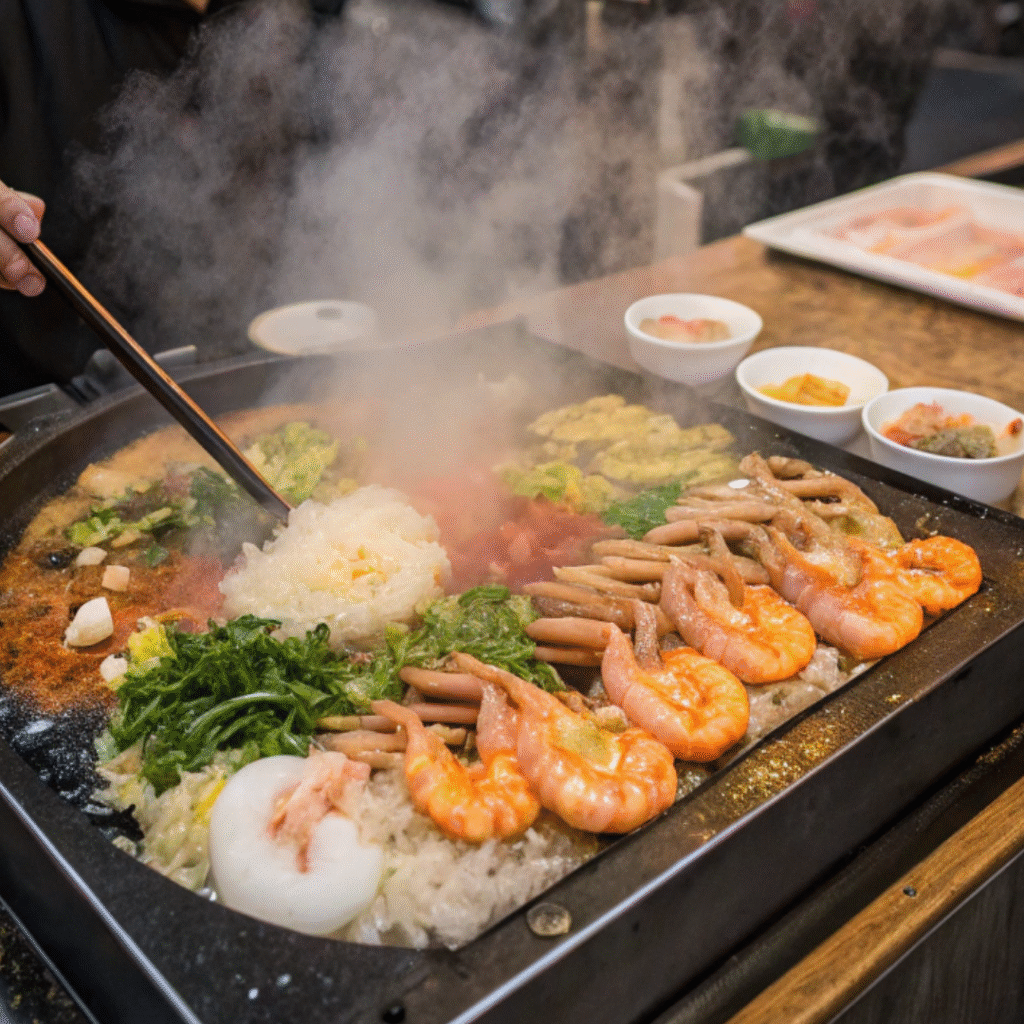
🦐 If you’re a fan of Tokyo Bay vibes, this is your jam.
Add to the base recipe:
- ½ cup small shrimp (peeled)
- ¼ cup chopped squid or scallops
- Optional: 1 Tbsp tobiko (flying fish roe)
Twist tips:
- Has a rich, ocean-fresh taste that dances with dashi and veggies.
- Toss shrimp and squid on the griddle before mixing in the batter, and if you’re feeling fancy, finish with a sprinkle of tobiko for color and pop.
2. Korean-Inspired Kimchi Monja
Spicy, tangy, and utterly addictive—your taste buds will dance.
Add to the base recipe:
- ½ cup chopped kimchi (drained)
- 1 tsp sesame oil
- 1 tsp Gochugaru (Korean chili flakes) or Gochujang (chili paste)
Why it’s fun: Kimchi’s lively sour and spicy punch gives monja a bold Korean twist. The sesame oil adds that toasty aroma… irresistible!
3. Cheesy Bacon & Corn Monja
For when you just want to keep it home-style but extra cozy.
Add to the base recipe:
- 3 strips bacon, cooked and crumbled
- ½ cup sweet corn kernels (fresh, canned, or frozen)
- ¼ cup shredded mozzarella or cheddar cheese
Takeaway: This one’s basically a loaded pancake. The bacon brings smokiness, corn adds sweetness, and cheese—well, you know.
4. Veggie Detox Monja (Gluten-Free Option)
Light, colorful, and surprisingly filling.
Substitutions & additions:
- Replace flour with ½ cup rice flour + ½ cup potato starch
- ½ cup sliced shiitake mushrooms or bell peppers
- ½ cup shredded zucchini or spinach
Why it rocks: Gluten-free and veggie-packed, but still plenty gooey and flavorful. The rice flour gives it a pleasant stretchiness.
5. Spicy Covid-Style Firecracker Monja
Perfect for those who like a bit of heat—scales of sinfully spicy.
Add-ins:
- 1 tsp Sriracha (or more if brave)
- 1 Tbsp chopped jalapeño or red chili
- Optional: 1 tsp smoked paprika
Final touch: Swirl Sriracha into your batter, drop in peppers, and garnish with fresh chili on top. It’s a firecracker in pancake form.
Fun Flavor Tips & Tricks
- Why the ring trick works: The flour batter cooks faster and becomes chewier than the veggies, so forming a moat helps everything cook evenly.
- Low heat = rubbery, high heat = burned. Keep to medium-high for that ideal texture.
- The scoop ritual: Dive in with a small metal spatula—scrape the middles, lift, and savor like you’re at Tokyo Station in pajamas.
What to Serve With Monjayaki
Monjayaki is a solo show, but pairing makes it a party:
- Cold Japanese beer – Crisp and cleansing after the gooeyness.
- Green tea or Genmaicha – Especially with veggie or seafood versions.
- Japanese rice crackers or pickles – Adds crunch and contrast.
Monjayaki vs. Okonomiyaki: Quick Comparison
| Feature | Monjayaki | Okonomiyaki |
|---|---|---|
| Batter consistency | Very liquid | Thicker, like pancake batter |
| Cooking method | On griddle, scooped while cooking | Cooked fully and sliced |
| Texture | Chewy, gooey, crispy edges | Fluffy and pancake-like |
| Experience | Fun, hands-on, messy | More formal plating, pre-cut |
| Sauce style | Simple sauce + mayo, optional toppings | Okonomi sauce, mayo, bonito, seaweed, pickles |
Kitchen Mishaps to Avoid
- Too hot? Batter burns fast.
- Too soggy veggies? Drain or blot them.
- Overcrowding? Less is more—monja needs room to sizzle.
- No dashi? Substitute chicken broth, but dashi is the soul—don’t skip if possible.
Why You’ll Love Making Monja at Home
- Interactive experience – It’s basically teppanyaki meets DIY comfort food.
- Customizable – Veggie? Meat? Fusion? It’s all canvases for flavor.
- Minimal equipment – Just a skillet/griddle, spatula, and bowls.
- Quick prep & cook – Ready to eat in under 20 minutes.
Final Thoughts + Dinner Inspiration
Monjayaki is one of those low-stress, high-satisfaction foods—you get gooey goodness, instant warmth, and creative freedom. Plus, it’s a conversation starter if you’re cooking with friends. Whether you go seafood, cheesy bacon, veggie detox, spicy firecracker, or kimchi kicks, you’ll have a smile by the final scoop.
So gather your ingredients, preheat that pan, and embrace the splashy joy of scooping up your own comfort pancake. Let me know which twist was your fave, or better yet—tell me about the wild version you invented. Who knows? You might just spark the next big monja remix.
FAQs about Japanese Monjayaki Recipe
Can I make a vegan monjayaki?
Totally! Use veggie broth instead of dashi, swap mayo for vegan mayo, and load up on veggie add-ins.
How do I store leftovers?
Trust me, any leftover is rare. But if you do, store them in the fridge—tightly covered—for up to a day. Reheat in a skillet, not the microwave, so you don’t lose crispiness.
Got a sweet version?
I haven’t tried one, but maybe sweet crepe style? Use pancake batter, add fruit & cream cheese… Let me know if you try it!
What is the difference between Monjayaki and Okonomiyaki?
They’re kinda like cousins! Monjayaki is way runnier and cooks up into a gooey, almost cheesy texture you eat straight off the griddle. Okonomiyaki, on the other hand, is thicker—more like a savory pancake you can flip and slice.
Can I make Monjayaki without a griddle?
Totally! A big non-stick skillet does the trick. Just make sure it’s wide enough to spread everything out and get yourself a decent spatula—you’ll be doing some stir-and-scrape action while it cooks.
Is dashi broth necessary?
It’s kind of the secret sauce of flavor. Dashi adds that deep umami kick that makes monja taste authentically Japanese. If you’re in a pinch, veggie or chicken broth works okay—but dashi really brings it home.
How do I store leftover Monjayaki batter?
Honestly, it’s best fresh, but if you’ve got extras, toss it in an airtight container and keep it in the fridge for up to a day. Just give it a good stir before using, since it can separate a bit.
Can I make a vegetarian Japanese Monjayaki Recipe?
For sure! Just skip the seafood and meat and go wild with veggies—cabbage, mushrooms, corn, even bell peppers. It’s still super tasty, and way lighter. I’ve seen chefs do some amazing veggie-only versions!
Where can I find the Best Japanese Monjayaki Recipe with fun variations?
Right here! This guide gives you the Best Japanese Monjayaki Recipe: 5 Perfect Tasty Twists so you can bring Tokyo street vibes straight into your kitchen—with a little creative flair.
No matter your flavor mood, the Best Japanese Monjayaki Recipe: 5 Perfect Tasty Twists gives you plenty of options to mix and match. Comfort food? Weeknight dinner? Party treat? Yep—it’s all here in one sizzling skillet.


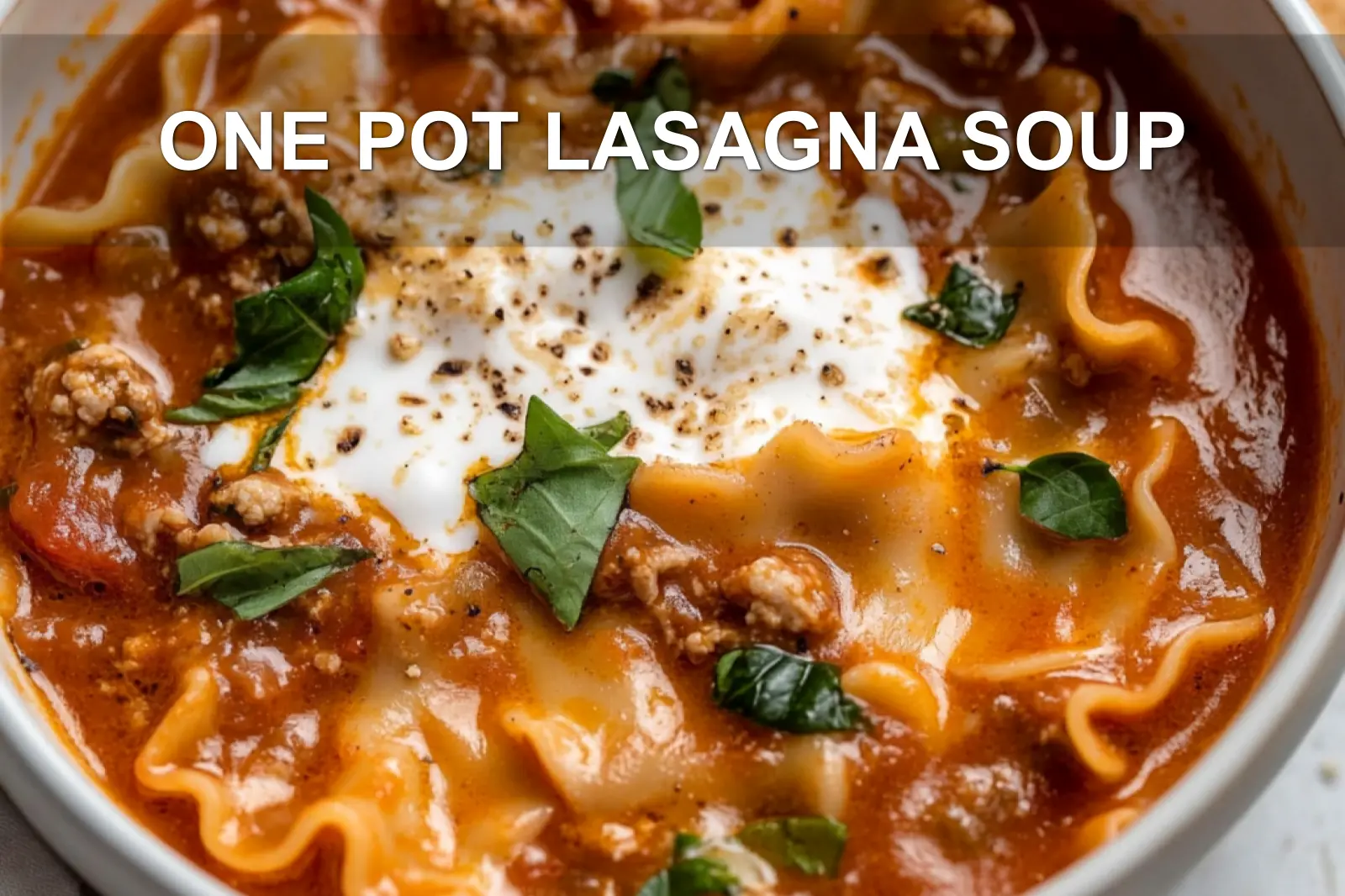
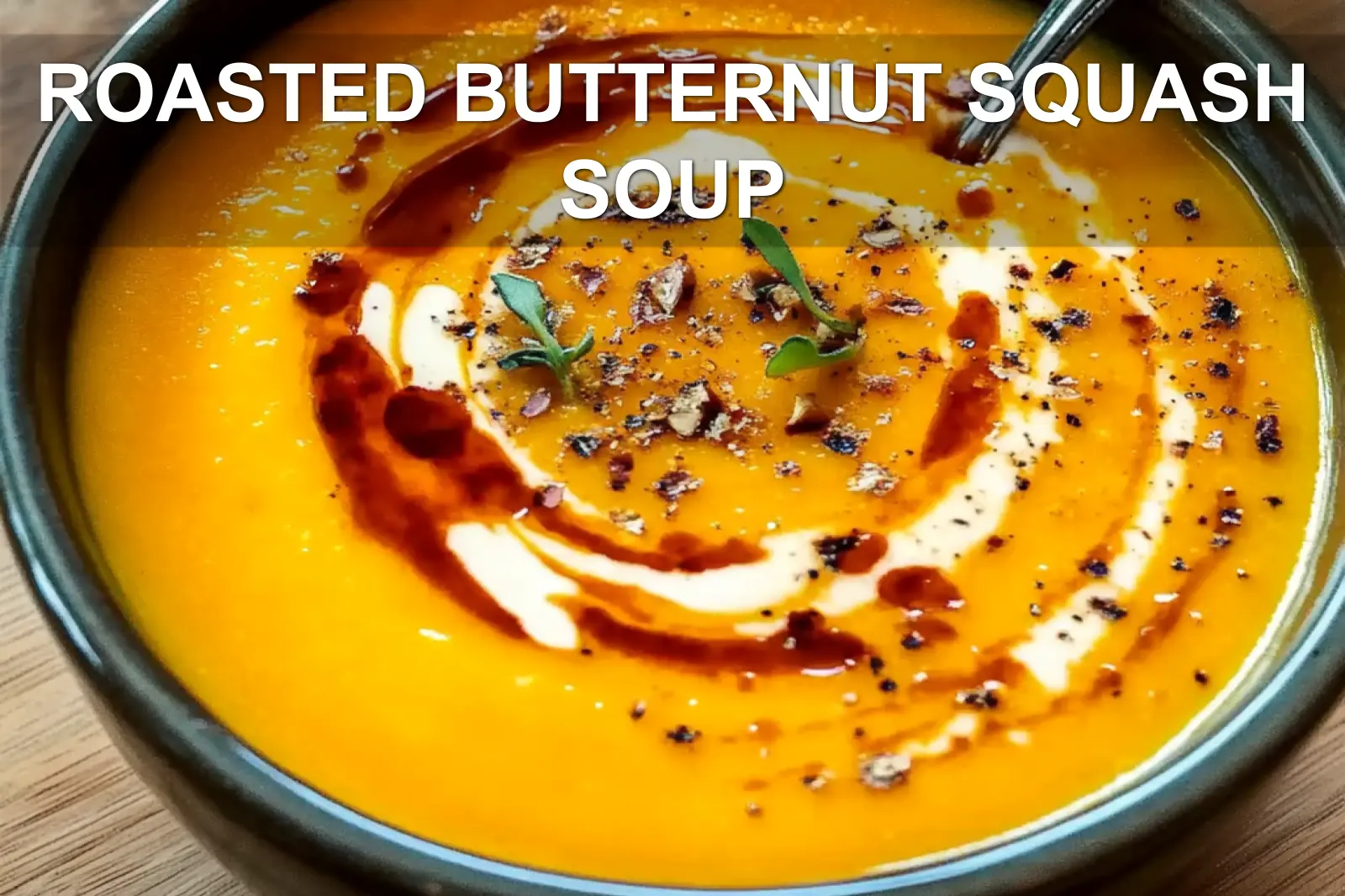
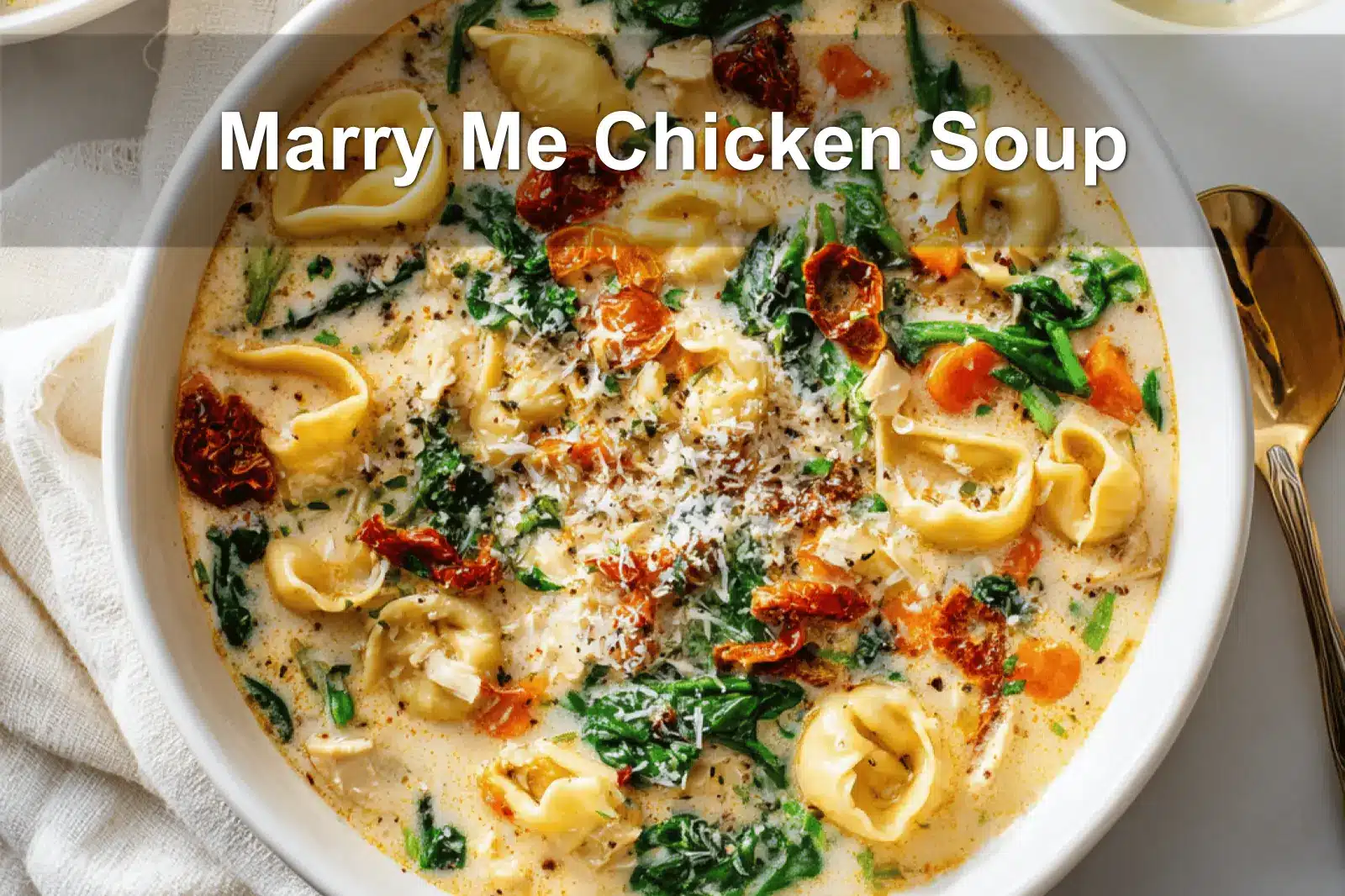

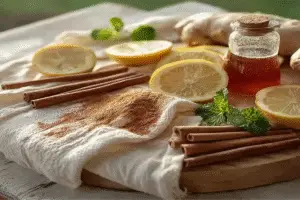

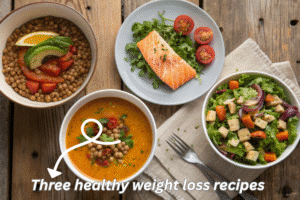

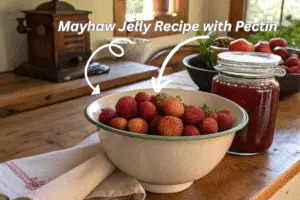
2 thoughts on “Best Japanese Monjayaki Recipe: 5 Perfect Tasty Twists”